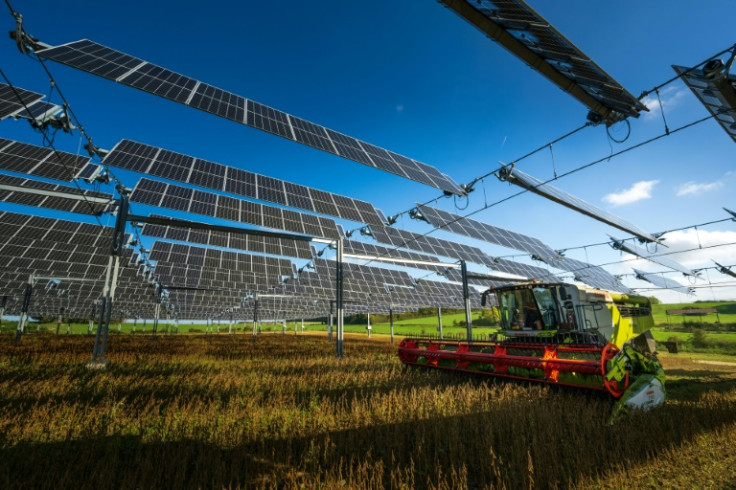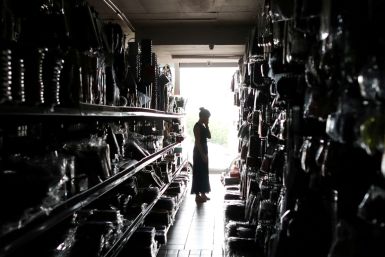Eskom's Unplanned Capability Loss Factor Improves by 5,000 Megawatts: Minister Ramokgopa

Electricity and Energy Minister Kgosientsho Ramokgopa announced that Eskom's unplanned capability loss factor (UCLF) has improved about 5,000 megawatts, suggesting that the power system is getting healthier.
He explained that, over the past week, Eskom has been averaging around 10,500 megawatts of installed capacity that was unavailable for various reasons, including unit failures and suboptimal performance. Compared to the same time last year, this represents an improvement of about 5,000 megawatts.
Ramokgopa noted that this improvement is significant and has helped keep the lights on for a considerable period.
The minister's statements came as part of a media briefing in Pretoria to discuss the Independent Power Producer (IPP) program. He emphasized the importance of consistently improving these results, noting that this means less reliance on diesel for electricity.
"There's less reliance on diesel. And if you look at the open cycle gas turbines (OCGT) load factor, the percentage of time that we're relying on these at the same period last year, we were sitting at about 8.95% and this year, we were sitting at about 4.59%," he said, SA News reported.
From April 1 to Oct. 17 last year, Eskom spent about R18 billion to avoid power cuts, which is R12 billion less than the same period this year.
Ramokgopa described celebrating 208 days without load shedding as an "anomaly." He said that having no load shedding should be the standard and that there should be no reliance on expensive fuel sources for electricity.
He emphasized that this is not an achievement but rather a positive step forward. The real achievement will be when there is no load shedding and when cheaper sources of energy can be used to keep the lights on.
The minister noted that the Independent Power Producer program plays a pivotal role in reaching that goal. Shifting his attention to the IPP program, Ramokgopa reported that it has procured 15,432 megawatts of renewable energy since it started in 2011.
Currently, 8,231 megawatts are in the market waiting to be evaluated, and 1,897 megawatts are under construction. He mentioned that the seventh administration plans to be aggressive in procurement and will make changes to improve the program's structure and efficiency.
The renewable energy projects are mainly located in the Western Cape, Northern Cape, and Eastern Cape, where there are optimal resources for renewable energy.
Furthermore, the minister highlighted that this initiative has created 85,800 job opportunities and has massively contributed to local economies, focusing on socio-economic transformation.
He announced that the project has gained significant market confidence, with both international and domestic investments totaling R272 billion. Ramokgopa stressed that the goal is to make electricity generation more affordable and competitive, reducing reliance on expensive fuel sources.
The minister emphasized that the ministry's main focus is to lower electricity costs in the country, make businesses more competitive, and ensure a stable power supply for households.
© Copyright 2025 IBTimes ZA. All rights reserved.


















